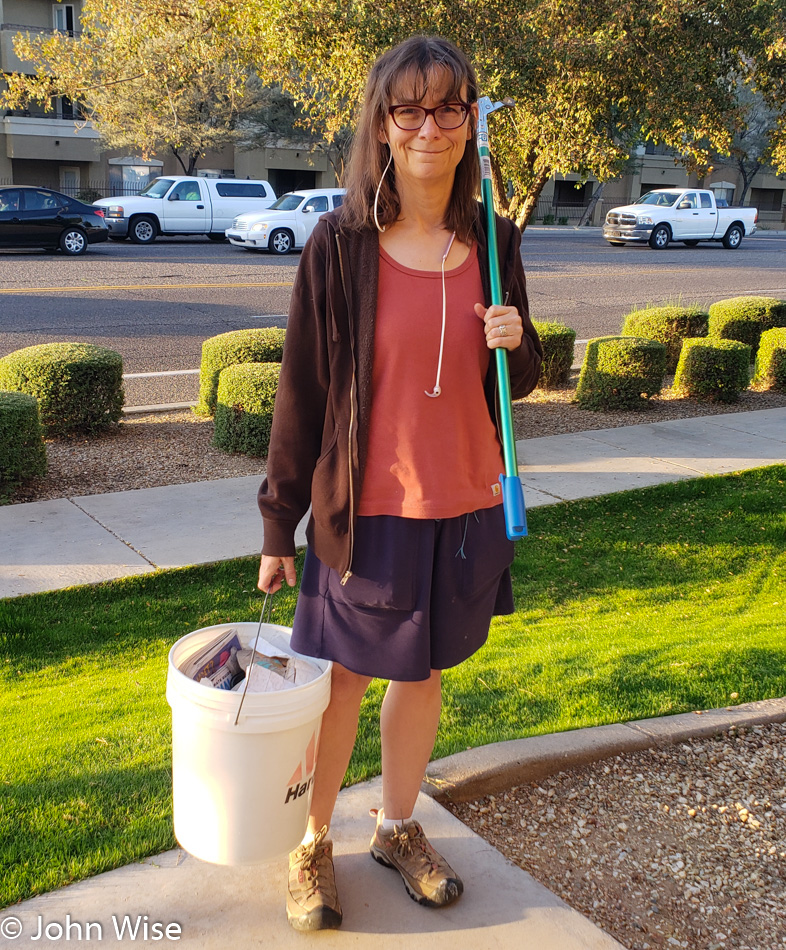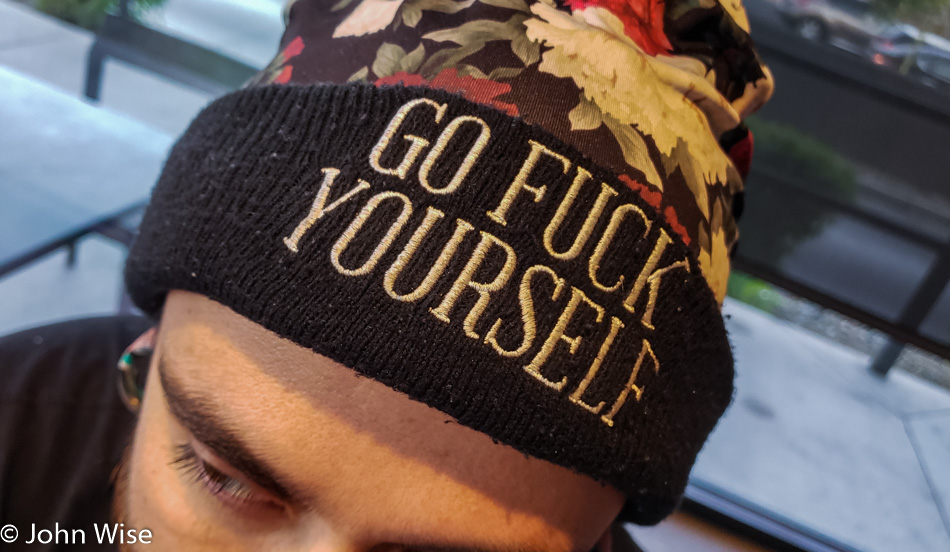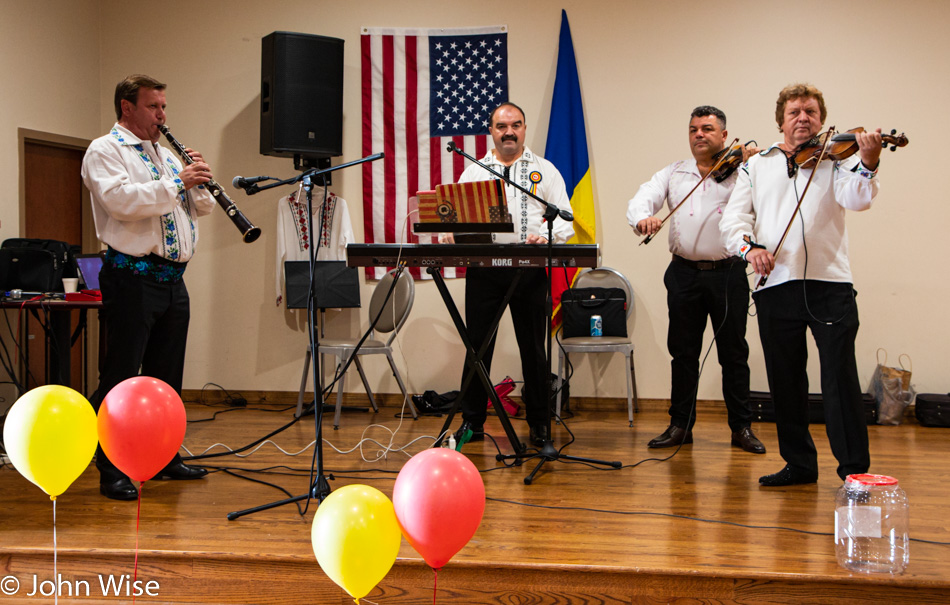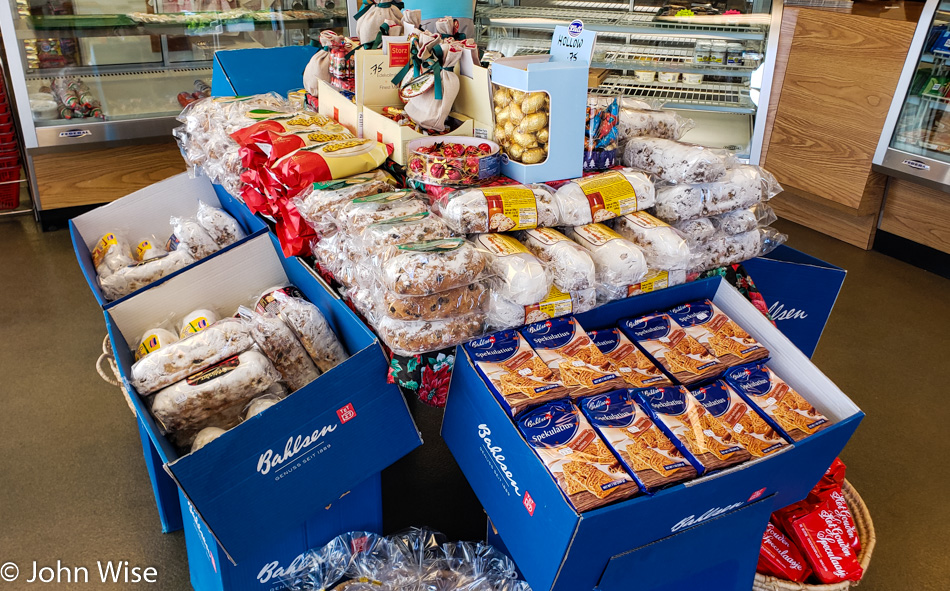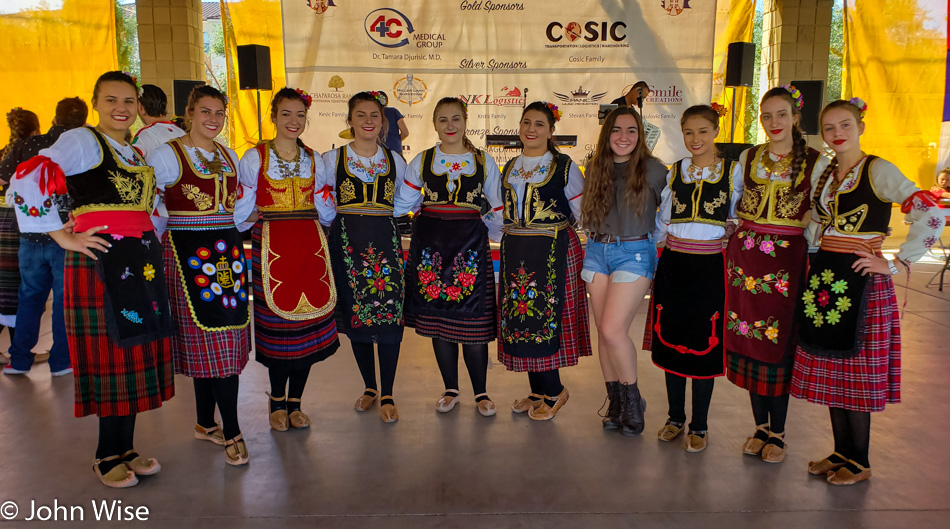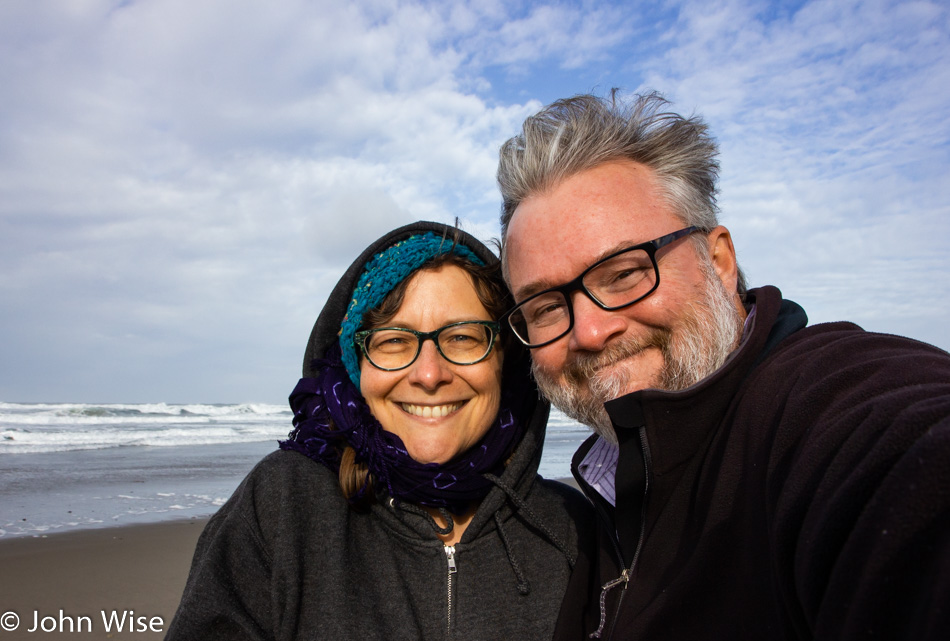
Here, at the last minute, we decided that we’d go north. The destination we are heading to is Oregon, the coast specifically; it will be our 19th visit during the past 17 years. Only seven of the previous journeys into the state were made outside of late fall and winter, with our inclination to spend time on the rocky coast during the quiet season. The photo of us above is from last year somewhere along the Oregon coast.
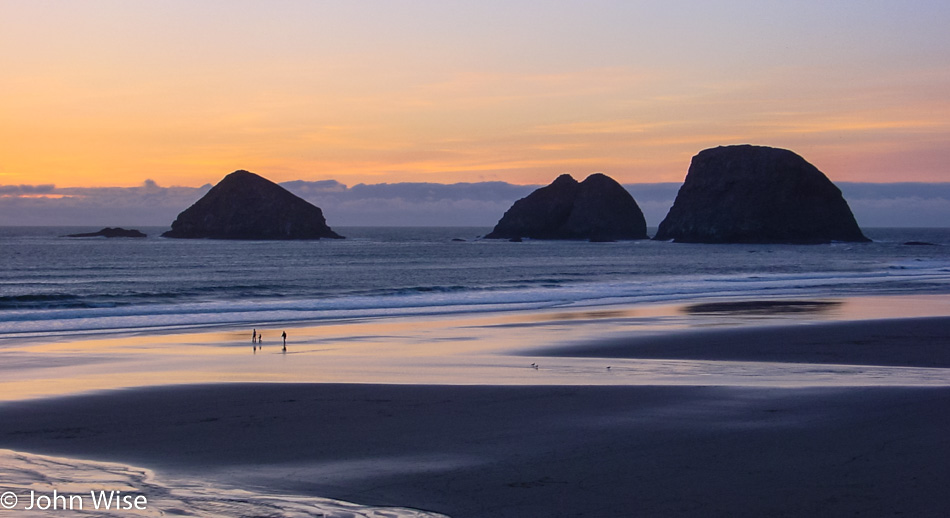
Trip 1: Back in March 2002, we made our first visit to the Oregon coast and were smitten within minutes of arrival. This is the view from Three Arch Rocks National Wildlife Refuge, seen from Oceanside Beach near Maxwell Point.

Trip 2: By July of the same year, we were once again underway on our way up through California on our way to Oregon. It was the long 4th of July, 2002, and we now knew that the drive that far north wasn’t all that difficult, so off we went. The trail took us past a remote corner of Death Valley, through a ghost town, and up to Crater Lake National Park before we turned around to race home to Phoenix, Arizona.
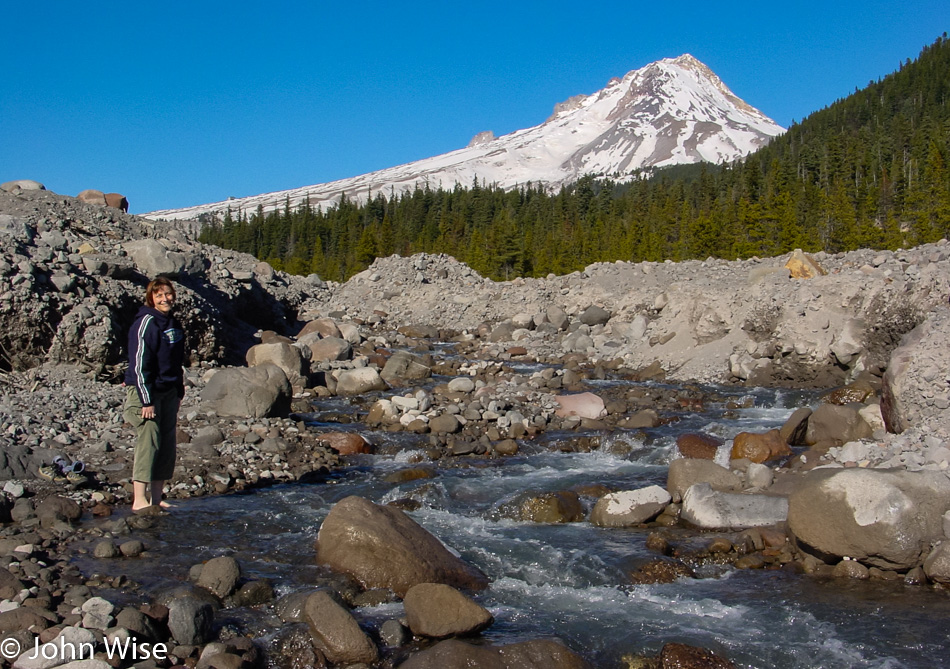
Trip 3: Hey, it’s now November 2002, and we’ve just gotten started exploring Oregon with so much left to find. Here’s Caroline standing in an ice-cold mountain stream at the foot of Mount Hood. If you think freezing cold water phases my wife, you’d be sadly mistaken. We are now attempting to see all four corners of the state and the interior, so we have a better idea of exactly where we want to return to on future visits.
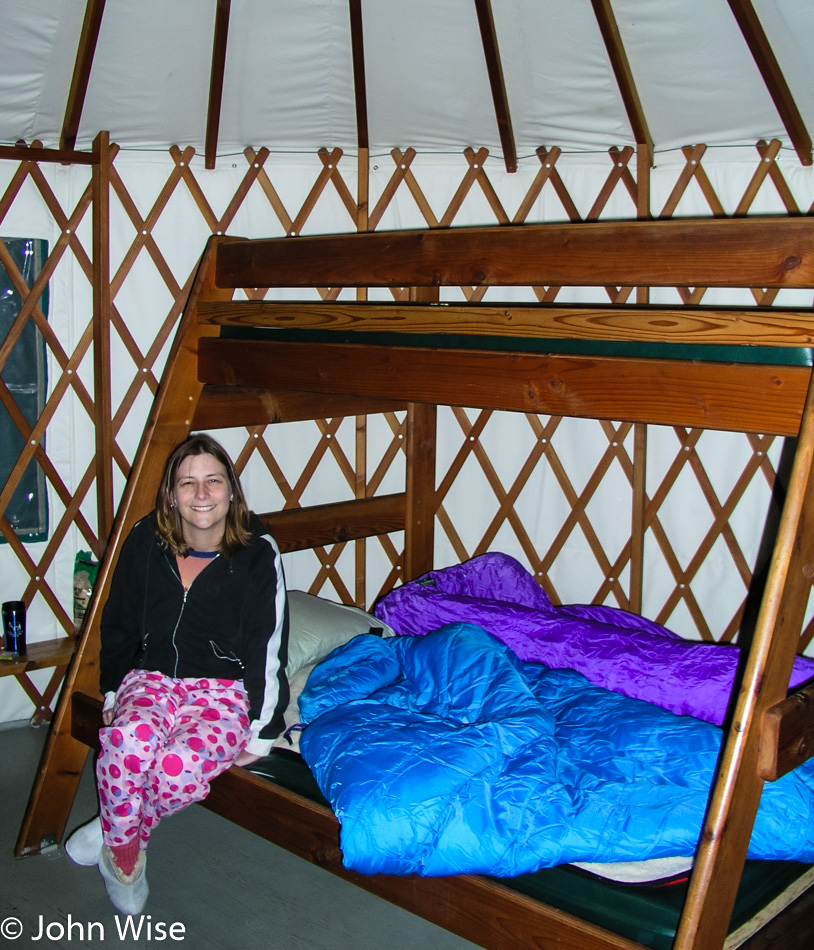
Trip 4: November 2003 and where better to go than back to Oregon. In the intervening time between visits, we’d learned that more than a few state parks along the coast have yurts as part of their accommodation offerings. Back then, they were incredibly cheap in our eyes and seemed romantic from afar. With this here, our first night staying in a yurt, we fell in love faster than it took to unlock the front door. We knew we were hooked. This photo of Caroline was taken at Harris Beach near Brookings, Oregon.
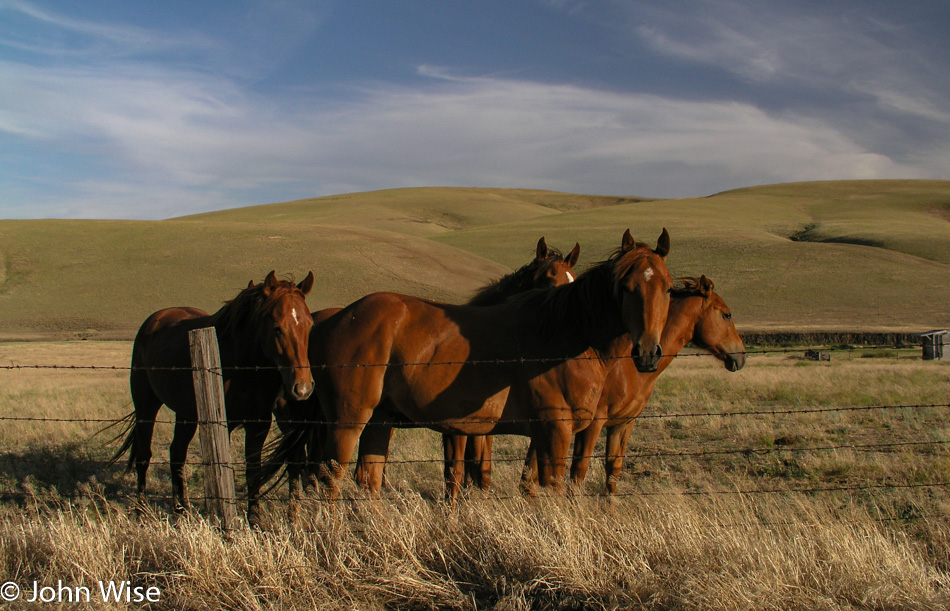
Trip 5: Barely six months had gone by before the call of Oregon summoned us back. Emboldened by the ease we were getting to places we thought were too far for 5 to 7 days, we took on this July 2004 summer drive back to Crater Lake. From there, we headed over the Columbia River and up to Washington to see Mount Rainier before driving out to Olympic National Park. Our return was via Oregon and California back to Phoenix, where the scorched desert awaited us. The photo was taken somewhere between John Day and the Columbia River in Oregon.
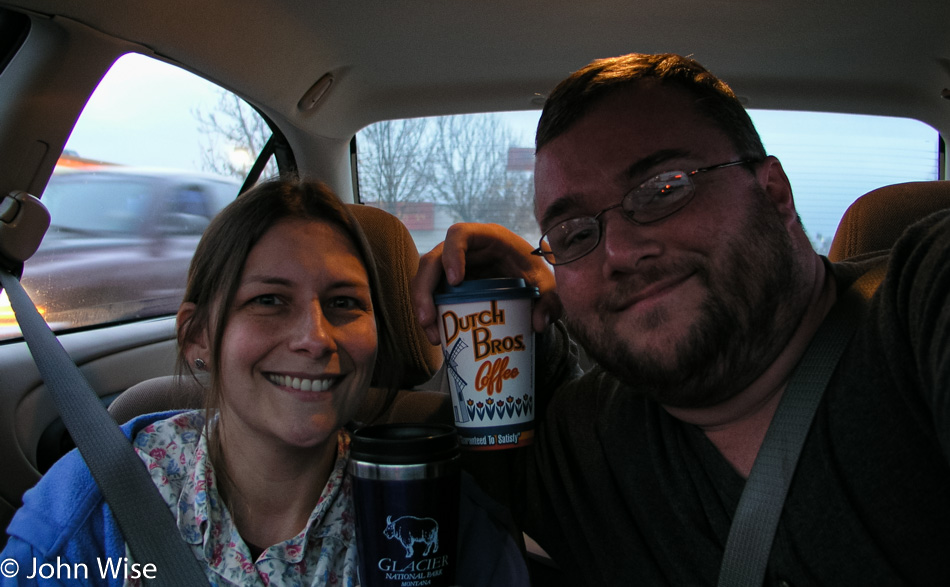
Trip 6: This one was almost missed as we were only in Oregon for 2 hours after leaving the Redwoods down in California to head up to Grants Pass for a cup of Dutch Bros. coffee. It seemed like a great idea at the time. November 28, 2004.
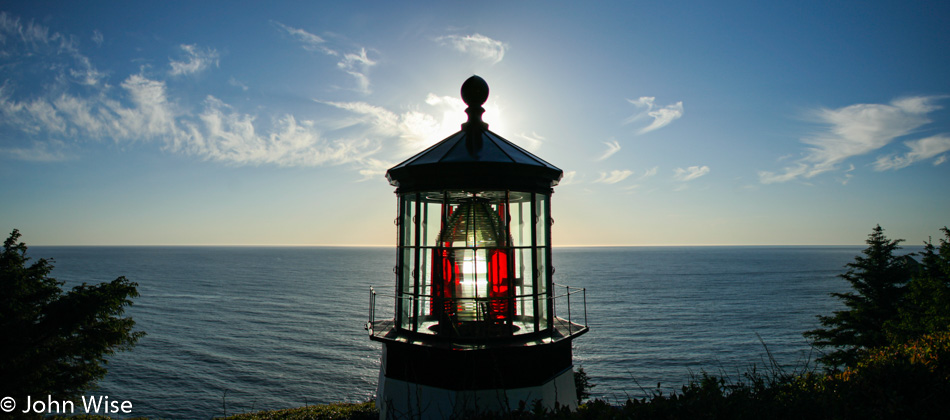
Trip 7: May 2005, and it was time to share our affinity with the Pacific Northwest with my mother-in-law, Jutta. With Caroline and I now quite familiar with some “best of” places, we took her mom to Death Valley, the Redwoods National Park, up the coast of Oregon into Washington, and then over to Glacier National Park in Montana before dropping into Yellowstone for her second visit to that park and then down across Utah before stopping for her first-ever visit to the North Rim of the Grand Canyon. The photo is of the Cape Meares Lighthouse near Tillamook, Oregon.
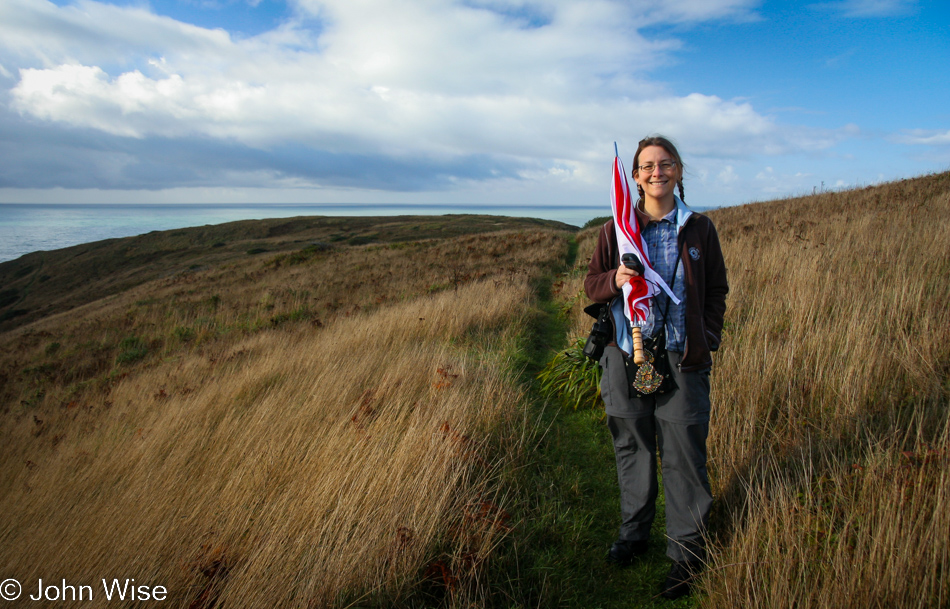
Trip 8: Oh, it’s Thanksgiving, and there’s no better way to escape family obligations around the holidays than for us to be out on the road. November 2006 was the witness to this short 7-day excursion up through San Francisco with a quick jaunt into Oregon for a couple of days before heading down to Santa Cruz, California, to spend some time on that coast, too. The photo of Caroline was taken at the Cape Ferrelo Viewpoint near Brookings, Oregon.

Trip 9: This is becoming a trend where we pack things up for a road trip that somehow keeps ending up in Oregon in November because here we are in 2007, testing the question of, “Will it be boring this time?” The answer was a resounding “NO!” This photo was taken in the Carl G. Washburne Memorial State Park, home of the most southerly temperate rain forest in the United States.

Trip 10: You can pass Siletz Bay near Lincoln City, Oregon, one hundred times, and this view will always look different. I’m not sure we’ve stopped here that many times, but on this November 2008 trip along the coast, we were taken by the silhouettes etching out a perfect scene as our day was coming to a close. It was difficult choosing this photo of Siletz Bay when this was also the trip up the coast that had us stopping at the Devils Churn near Cape Perpetua for a sight that enchanted us for a solid hour or more. Click here to see an image from the Churn that is still one of my favorites.
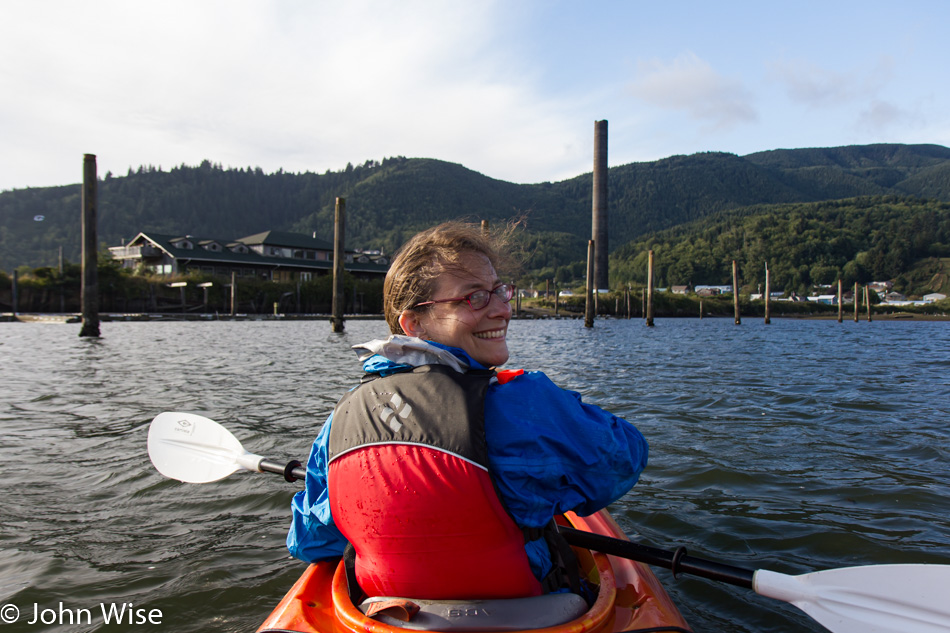
Trip 11: Oh my, it’s been three years since last we visited Oregon though we have great excuses why we couldn’t make it. In 2009, we visited Yellowstone National Park for the first time during winter. In May of that year, my mother-in-law Jutta spent two weeks with us in the Eastern United States. In 2010, we visited Yellowstone in January again, as the year before was so fascinating. Then, later in the year, we rafted the Colorado River through Grand Canyon National Park for nearly three weeks. Enjoying the idea of boating, we stretched out on our 10th trip to Oregon for some kayaking here in Garibaldi in September 2011.

Trip 12: A second visit in one year is kind of extraordinary, but we apparently have an addiction problem, and I don’t mean mushrooms. This trip saw us bringing a friend along as maybe they can corroborate our sense of amazement for Oregon or they can point out why our regard is too high, and we can back off this incessant need to visit the state every chance we get. The mushroom was photographed near Heceta Head Lighthouse in Florence, Oregon, in November 2011.
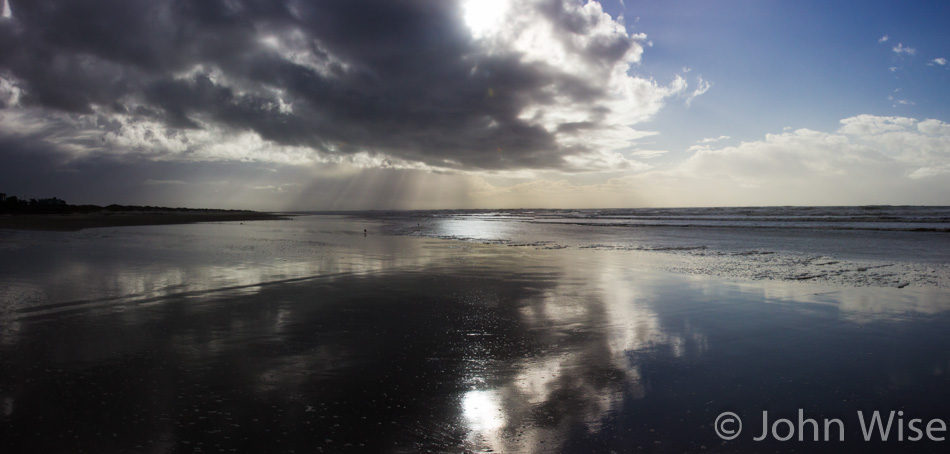
Trip 13: Rafting in Alaska this summer wasn’t enough for us, so here we are in November 2012 for our 12th visit to Oregon. With some research, information about the location of this photo could be found but I’m feeling kind of lazy about this time in trying to write this blog. You see, when I started this entry, I thought we’d made 14 visits, but then I discovered a few more trips about which, for one reason or other, I never blogged. With no photos posted here, I had just assumed my blog showed all of our visits; wrong.
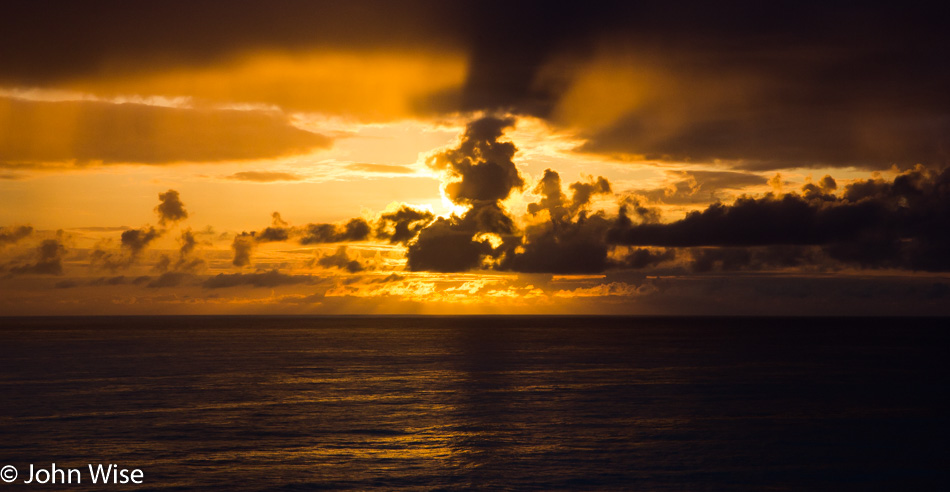
Trip 14: Out with my daughter Jessica in May 2013 because we’d never seen the state of Oregon with her in our company; seemed like as good a reason as any.
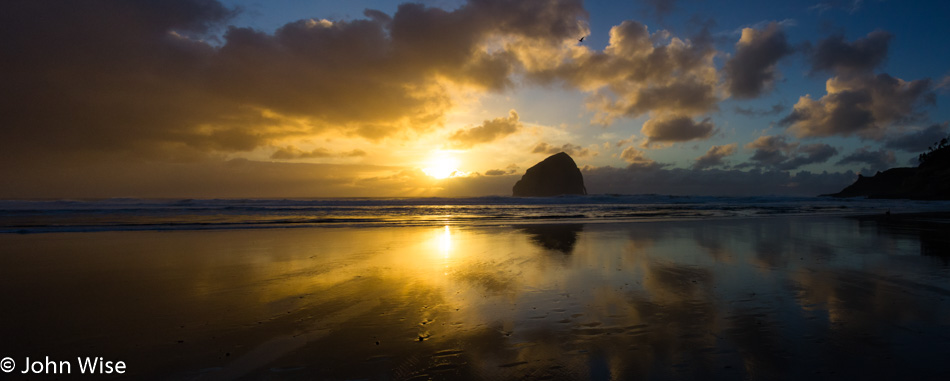
Trip 15: It’s that time of year again. Here we are in November 2015, and once again it’s Oregon on our minds. We missed last year due to me starting a new company to build a Virtual Reality world, only to end up neglecting ours. True, we did raft the Yampa River up in Colorado and Utah with friends, and we visited Los Angeles and San Francisco during 2014, but it was truly the slowest travel year we’d experienced in over a dozen years.

Trip 16: November 2016, did you think there was any chance we’d miss the opportunity to visit Oregon at this time of year?
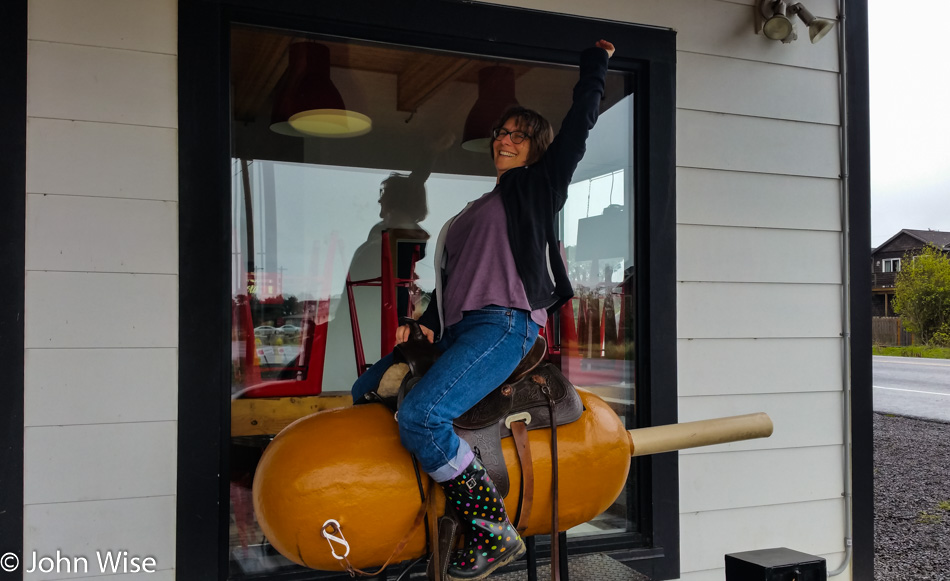
Trip 17: Are we bored yet? Do we look bored? One doesn’t ride the wild corn dog if things are not top-notch. April 2017 marks the first time ever we’ve been in Oregon during this month: wow! So now we’ve visited this amazing state in March, April, May, July, September, and November, leaving only six other months we’ll have to plan visits for. Where do you find this exhilarating ride? In Rockaway Beach.
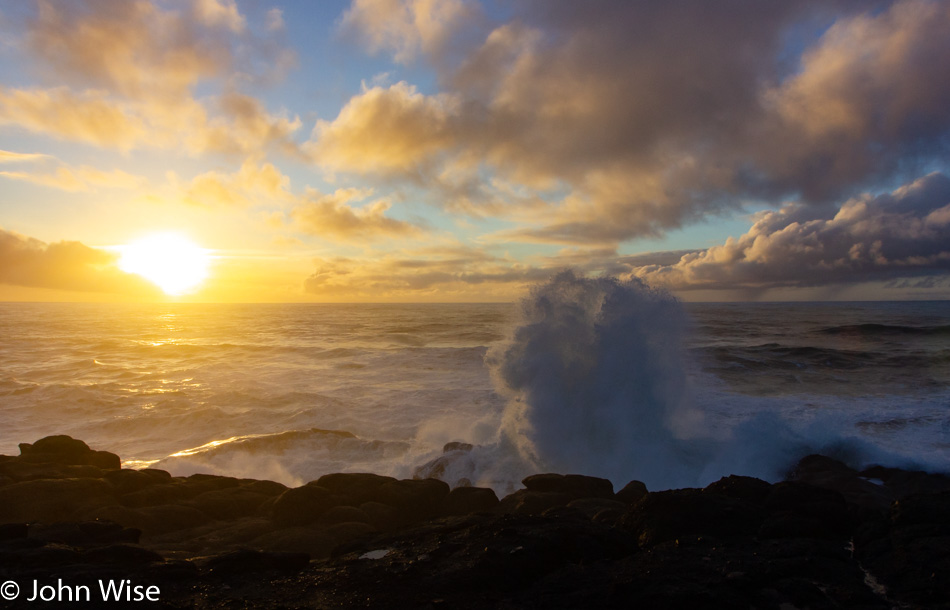
Trip 18: By now, you must have already guessed that this was shot in November 2018. If you guessed that date, you win a trip with us to Oregon on one of our next visits. You just have to pay your way and pass a compatibility test with us grizzled travelers, and maybe you’ll be out exploring such fantastic sights such as this one on a late afternoon at Boiler Bay near Depoe Bay, Oregon.
